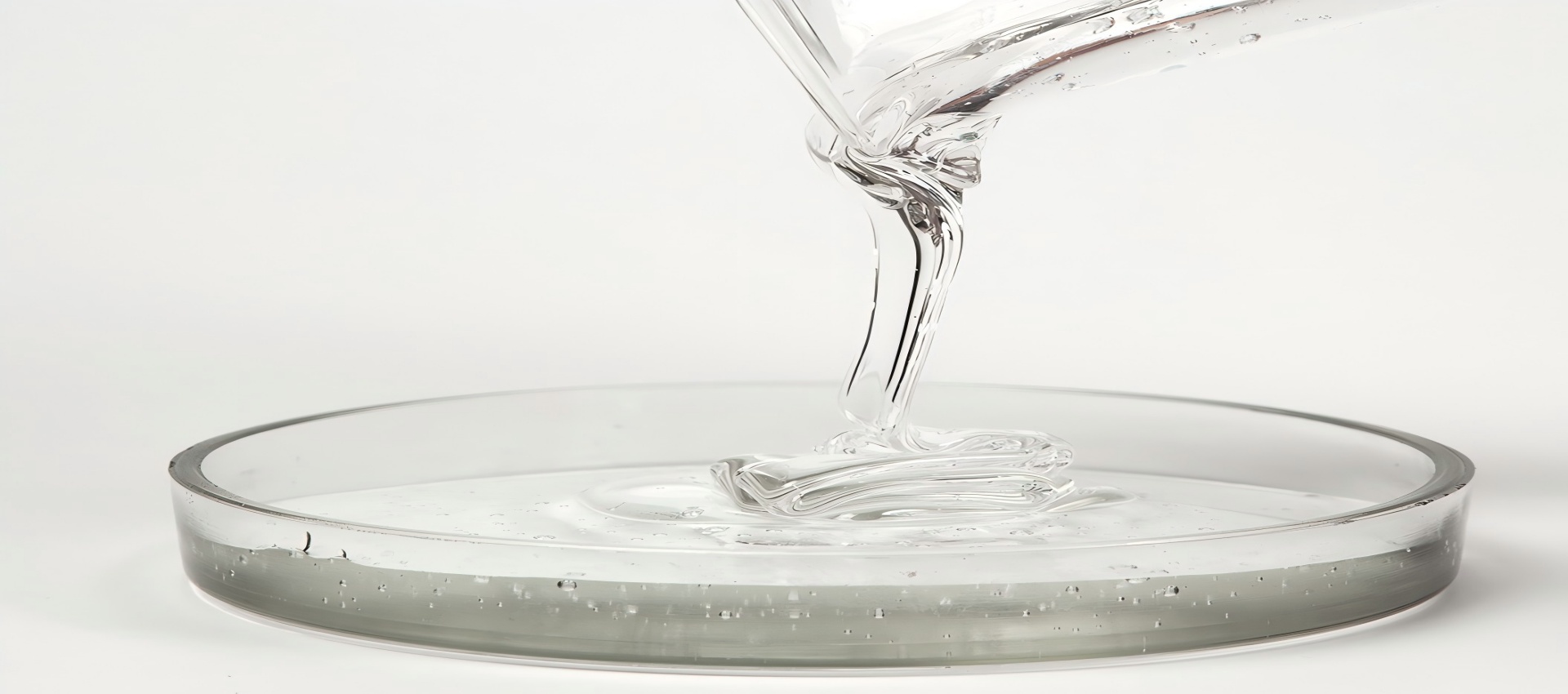
heptamethyltrisiloxane factory&supplier

Heptamethyltrisiloxane
Everything you need to know about our products and company
In industrial and agricultural applications, the safety of chemical substances toward aquatic ecosystems is a critical concern. Heptamethyltrisiloxane (CAS 1873-88-7), a siloxane derivative with diverse industrial uses, has sparked debates about its environmental impact. Drawing from regulatory data, toxicity studies, and environmental behavior analyses, this article explores whether heptamethyltrisiloxane poses risks to aquatic life.
Regulatory agencies like the European Chemicals Agency (ECHA) classify heptamethyltrisiloxane as a substance requiring careful environmental monitoring. According to its registration dossier, no hazard was identified for freshwater, marine water, or sediment compartments under standard exposure scenarios . Key findings include:
These results suggest that heptamethyltrisiloxane is unlikely to cause significant harm to aquatic organisms at environmentally relevant concentrations.
The compound’s environmental persistence is influenced by its low water solubility (0.02 mg/L) and high log Kow (6.2), which limit its bioavailability . It readily adsorbs to sediments and organic matter, reducing its mobility in water systems. Notably, heptamethyltrisiloxane hydrolyzes slowly (half-life: ~2.2 days at pH 7), forming intermediates that may further degrade into non-toxic byproducts .
However, its use in pesticide additives and industrial coatings necessitates cautious handling. For instance, improper disposal could lead to localized contamination, though its inherent stability minimizes widespread dispersion risks .
Heptamethyltrisiloxane serves as a precursor in synthesizing polyether-modified siloxanes, widely used in:
While its direct aquatic toxicity is low, biotransformation studies highlight the need for risk assessments in scenarios involving prolonged exposure. For example, read-across data from structurally similar compounds (e.g., octamethyltrisiloxane) confirm that hydrolysis products do not exhibit increased toxicity .
To ensure environmental compliance:
Industries adopting these measures can leverage heptamethyltrisiloxane’s versatility while safeguarding aquatic habitats.
At Biyuan, we specialize in developing eco-conscious chemical intermediates that balance performance with environmental responsibility. Our heptamethyltrisiloxane products undergo rigorous toxicity testing and are engineered to meet global safety standards. Whether you’re formulating pesticides or industrial coatings, Biyuan provides tailored solutions that prioritize both efficacy and ecological safety.
Why Choose Biyuan?
For industries seeking reliable, eco-friendly alternatives, Biyuan redefines quality and sustainability.
Heptamethyltrisiloxane demonstrates a favorable safety profile for aquatic organisms when managed responsibly. By understanding its environmental behavior and implementing mitigation strategies, industries can harness its benefits without compromising ecosystem health. Partner with Biyuan to elevate your chemical solutions while upholding the highest environmental standards.
Keywords: Heptamethyltrisiloxane safety, aquatic toxicity testing, eco-friendly chemical intermediates, industrial coatings additives, pesticide formulation safety, Biyuan sustainable solutions.
Our most popular products loved by customers worldwide
Heptamethyltrisiloxane is emerging as a transformative functional material in the pharmaceutical industry. This volatile silicone derivative combines low viscosity with high permeability, offering unique solutions for advanced drug delivery systems and medical device technologies. Certified USP Class VI and compliant with ISO 10993-5 standards, heptamet.
Heptamethyltrisiloxane is transforming the personal care industry through its unique volatile characteristics and exceptional spreading properties. This lightweight silicone fluid delivers instant sensory enhancement while providing functional benefits across various product categories. Heptamethyltrisiloxane meets rigorous safety standards including RE.
Heptamethyltrisiloxane is emerging as a powerful adjuvant in modern agriculture, leveraging its unique properties to enhance crop protection product performance. This organosilicone compound acts as a super-spreader, dramatically improving the efficacy of pesticides, herbicides, and fungicides through superior surface coverage and penetration. The mater.
Heptamethyltrisiloxane is gaining recognition as a versatile performance additive in various industrial sectors due to its unique combination of low viscosity, high volatility, and exceptional surface activity. This organosilicone compound serves as an efficient process aid and functional modifier across multiple applications. Heptamethyltrisiloxane off.